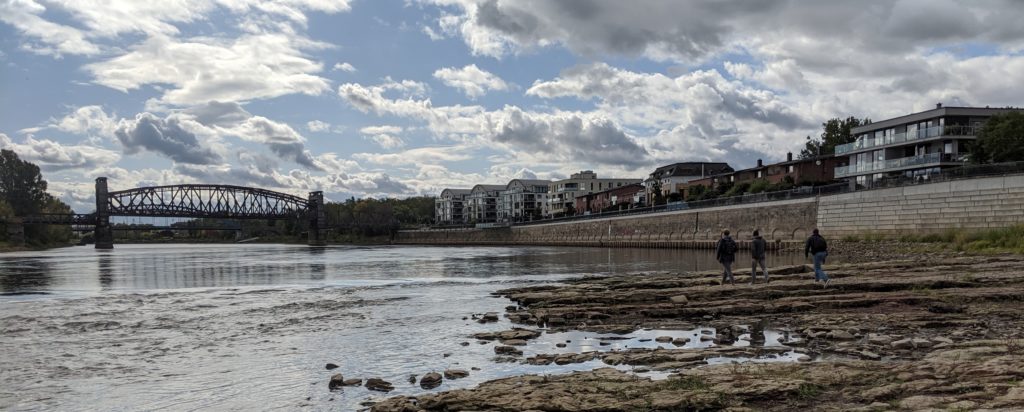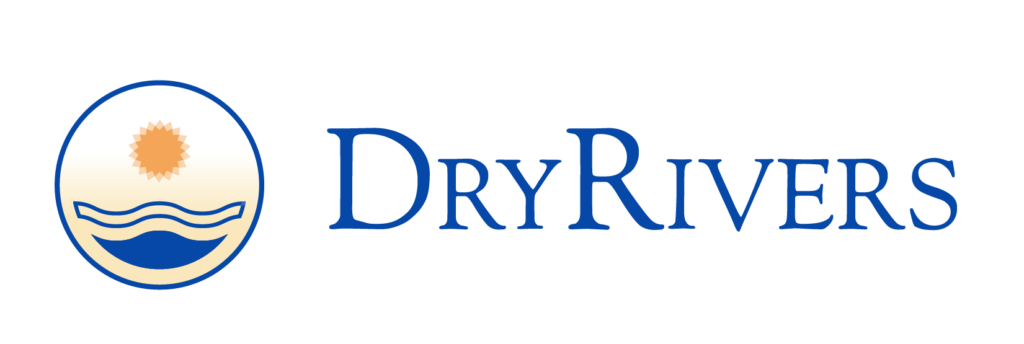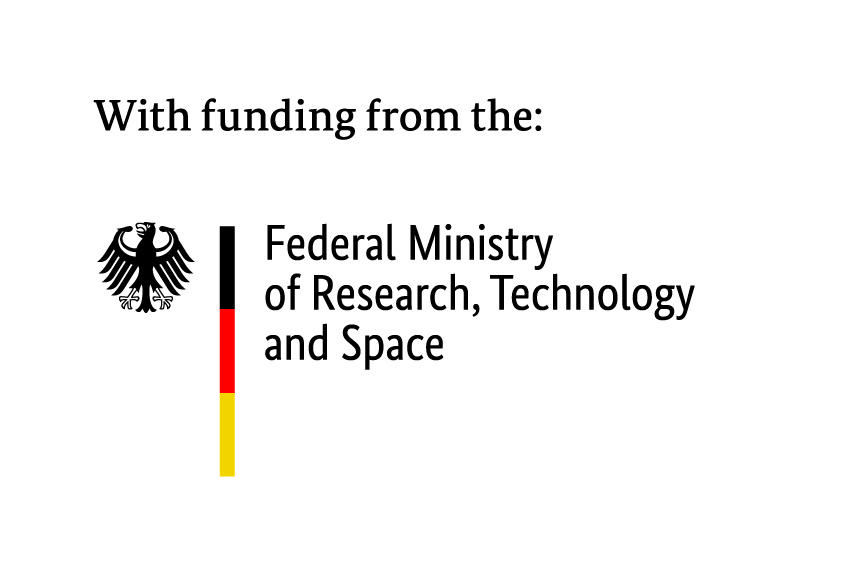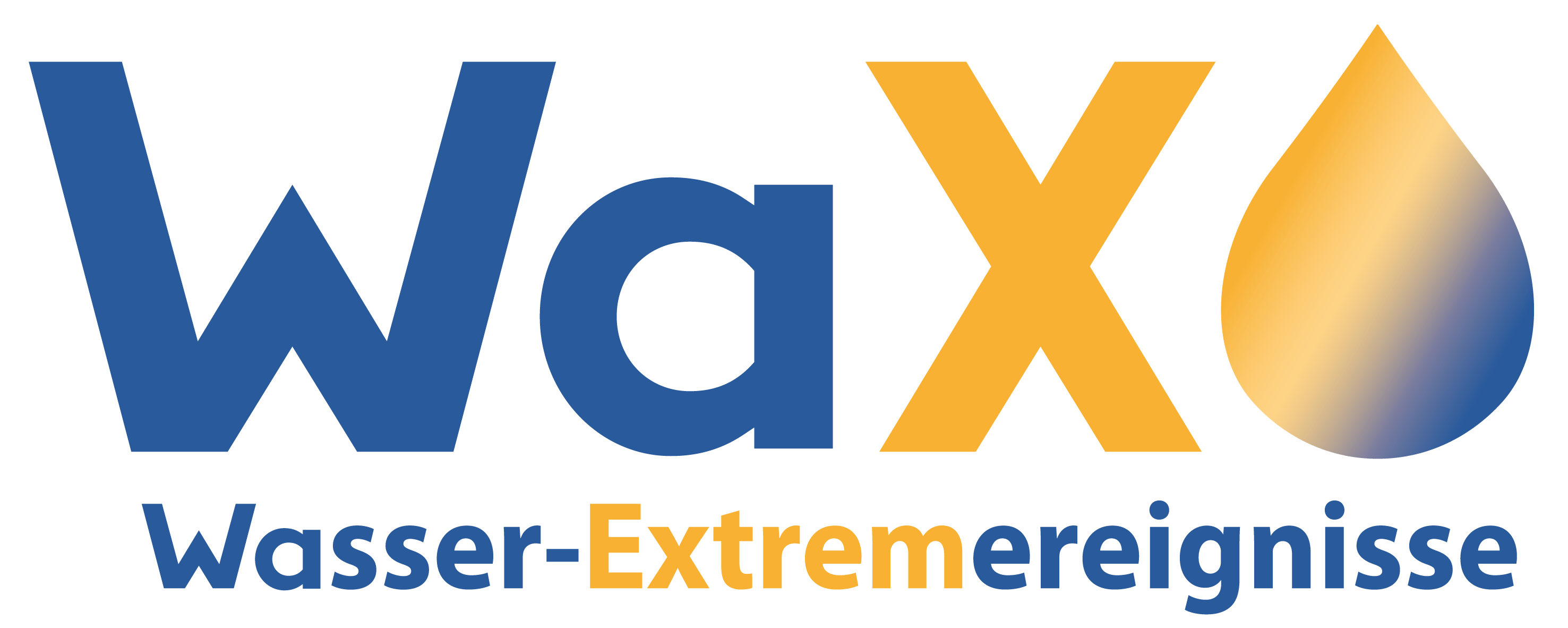DryRivers – Objectives, requirements, strategies and tools for sustainable low flow risk management

Brief describtion
The dry summers of 2018 and 2019 brought lowest discharges and water levels in many European rivers. Besides the hydrological aspects, low water periods lead to extensive economic and ecological consequences. Restrictions on shipping, reduced electricity generation from hydropower or limited use of industrial water can cause considerable economic losses. From an ecologic perspective, important consequences of reduced low water flows include restrictions on migration opportunities, an extreme deterioration in oxygen supply and a complete drying of a river.
Many stakeholders are affected by low flow events: Authorities and different water users. But there is a lack of fundamental prioritization and solution strategies for dealing with the scarce resource of surface water. The following questions arise: Which water use has which priority and what are effective measures for mitigation?
Within this scope of low flow management the joint research project DryRivers, with partners from University of Applied Sciences Magdeburg-Stendal (project coordination), RWTH Aachen University, the umweltbüro Essen and LimnoPlan (Erftstadt), will spend the next three years researching and developing tools at the Selke, Rur and Elbe river.
Objectives
The overall objective of the DryRivers project is the development of a practically applicable tool which supports authorities in their low flow risk management in an effective, objective and transparent way. The steps from problem identification to a quantitative assessment of the low flow risk as well as the identification and evaluation of sustainable mitigation measures needs to be integrated. Water management criteria, socio-economic and ecological aspects will be equally considered in a multi-criteria framework. In five work packages (WP) we will work on this objective.
Working packages (WP)
This WP focuses on an analysis of the stakeholder configurations involved. The innovation process is constructively accompanied from the beginning of the project by participatory approaches.
The objective of this WP is the description of the inflows into and outflows out of the river in terms of their characteristics (e.g. discharge and duration of low-flow periods) and their probability of occurrence. Both variables are important input data for the risk analysis (WP4). The WP is subdivided into the natural and the anthropogenic (e.g. due to settlements) water balance.
This WP focuses on the consequences of a reduced water discharge. A broad spectrum of different consequences will be analyzed and taken into account in the low flow risk analysis (WP 4). Ecological and socio-economic consequences are subdivided in separate sub-WPs, which cooperate intensively with each other.
The low flow risk analysis consists of an analysis of the probability of occurrence of low events (WP 2), their characteristics (WP 2) and the resulting consequences (WP 3). In this WP this information will be conceptually merged to a low flow risk and programmatically implemented in a digital tool in order to effectively support a low flow risk management.
Sustainable, long-term planning requires a quantitative and qualitative assessment of future developments and their effects to the catchment. Climate and socio-economic changes as well as the implementation of measures are key factors influencing the low flow risk. These key drivers are analyzed, their effects to the low flow risk estimated and compared with the actual situation.

Coordinator:
Prof. Dr.-Ing. Daniel Bachmann
Hochschule Magdeburg-Stendal
Partner Institutions:
Associated Partners:
- Wasserverband Eifel-Rur (WVER)
- Industrie – Wasser – Umweltschutz e. V.
- Waterschap Limburg
- Landesbetriebes für Hochwasserschutz und Wasserwirtschaft Sachsen-Anhalt (LHW)
- Niedersächsische Landesbetrieb für Wasserwirtschaft, Küsten- und Naturschutz (NLWKN)
- Bundesanstalt für Wasserbau (BAW)
- Flussgebietsgemeinschaft (FGG) Elbe
- Bund der Ingenieure für Wasserwirtschaft, Abfallwirtschaft und Kulturbau (BWK) Bundesverband
Project period:
01.02.2022 – 31.01.2025


